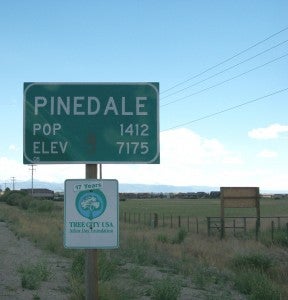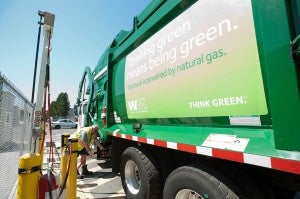Wyoming is already one of the country’s top natural gas producers. And large new developments under review by the
U.S. Bureau of Land Management totaling more than 25,000 new wells in the coming years could further solidify Wyoming’s status as a national energy leader.
But what will this leadership look like? Will this series of development projects lead to worsening air quality or set an example for safe, responsible development?
The first of these, the Continental Divide – Creston Project, is alone one of the largest onshore natural gas developments ever proposed on federal lands in the United States. This enormous development slated for the Wamsutter area of south-central Wyoming, includes drilling nearly 9,000 new natural gas wells across 1,672 square miles (or 1.1 million acres) of public and private lands — an area a bit larger than the state of Rhode Island. The well-known Jonah Field in western Wyoming, by comparison, covers about 21,000 acres and includes about 3,500 wells.
The scale, concentration and vicinity of new wells proposed by the CD-C project are fueling concern for regional air quality issues. If managed improperly, this project could lead to more unhealthy air for local residents and workers.
Unhealthy air, as a result of oil and gas development, has been a particular issue in Pinedale, a community just northwest of the CD-C proposal in Wyoming’s Upper Green River Basin. The past few winters have earned the area unwanted national attention for its U.S. Environmental Protection Agency nonattainment designation for ground-level ozone pollution — one of the first non-urban areas to report such high levels of smog. Read More















